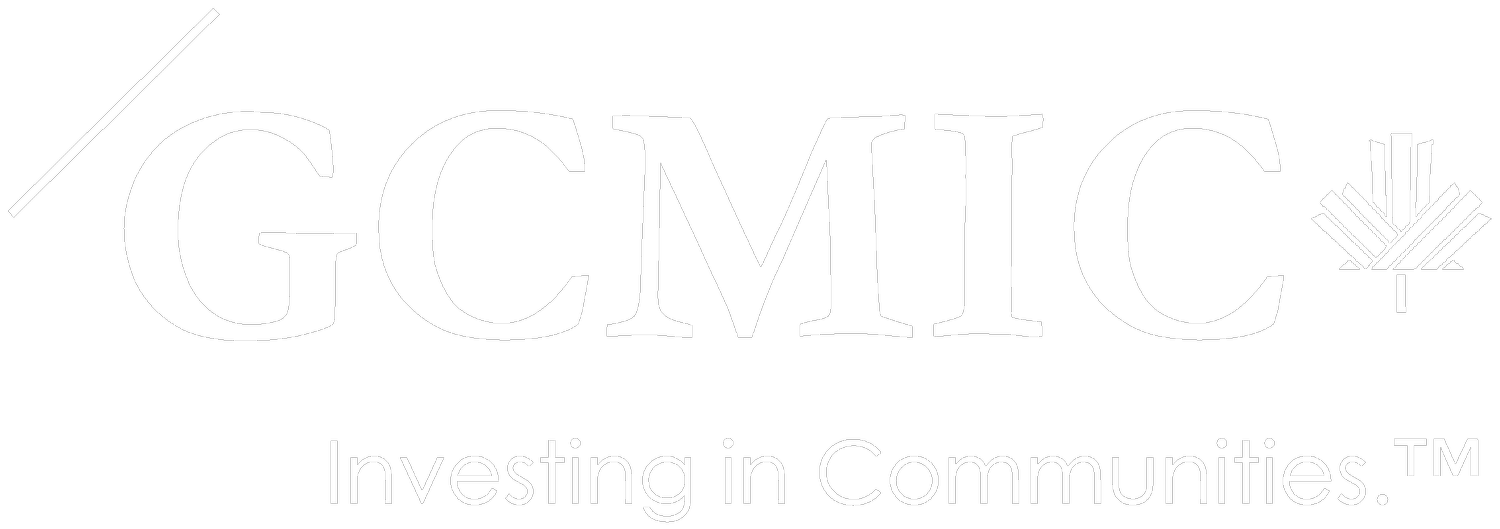
Glossary of Terms
A
Amortization
The process of gradually paying off a loan through regular, scheduled payments of principal and interest. Amortization schedules determine how much of each payment goes toward the loan balance versus interest.
Appraisal
An independent assessment of a property's market value conducted by a certified appraiser. It is used by lenders to determine the loan amount for which a borrower qualifies.
B
Bridge Loan
A short-term loan used to bridge the gap between the sale of an existing property and the purchase of a new one. It is often used when a borrower needs funds for a down payment on a new home before selling their current home.
C
Capitalization Rate (Cap Rate)
A metric used to estimate the return on investment for income-generating real estate. It is calculated by dividing the property's net operating income by its current market value.
Cash-Out Refinance
Refinancing a mortgage for a higher amount than the existing loan balance, allowing the borrower to take out the difference in cash. It is commonly used to finance home improvements, debt consolidation, or other expenses.
Closing Costs
Expenses associated with finalizing a real estate transaction. These may include legal fees, appraisal costs, title insurance, and other administrative fees. Closing costs are typically paid at the closing date.
Collateral
An asset pledged by a borrower to secure a loan. In mortgage lending, the property itself serves as collateral for the loan.
Conventional Loan
A mortgage that is not insured or guaranteed by the government, typically requiring higher credit scores and larger down payments compared to government-backed loans.
D
Debt-to-Income Ratio (DTI)
A measure of a borrower's monthly debt payments relative to their monthly gross income. Lenders use DTI to assess a borrower's ability to manage additional loan payments.
Down Payment
The upfront payment made by a borrower toward the purchase price of a property. Down payments for mortgages are usually expressed as a percentage of the total property price.
Draw Schedule
In construction loans, the draw schedule outlines when funds will be released to cover specific stages of the building project. Funds are disbursed as milestones are met.
E
Equity
The difference between the market value of a property and the outstanding mortgage balance. It represents the homeowner's ownership stake in the property.
F
Fixed-Rate Mortgage
A mortgage with an interest rate that remains constant for the entire term of the loan. Fixed-rate mortgages provide predictable monthly payments, which can be beneficial for budgeting.
G
H
Hard Money Loan
A type of loan secured by real estate, typically offered by private lenders or investors. Hard money loans often have higher interest rates and shorter terms than traditional loans, making them suitable for short-term financing needs.
I
Interest-Only Loan
A loan structure where the borrower pays only the interest for a specified period, typically the first few years. Afterward, payments include both principal and interest.
J
K
L
Loan-to-Value Ratio (LTV)
The ratio of the loan amount to the appraised value of the property, expressed as a percentage. Lenders use LTV to assess the risk of a mortgage loan, with lower LTVs representing less risk.
M
Mortgage Insurance
Insurance that protects the lender in case a borrower defaults on the loan. It is often required for conventional loans with a down payment of less than 20%.
N
O
Origination Fee
A fee charged by lenders for processing a loan application. It is typically a percentage of the loan amount and is paid at closing.
P
Private Mortgage Insurance (PMI)
Insurance required by lenders when a borrower puts down less than 20% of the home's value. PMI protects the lender if the borrower defaults on the loan.
Q
R
Rate Lock
An agreement between the borrower and lender that guarantees a specified interest rate for a set period. A rate lock can protect the borrower from interest rate fluctuations while the loan is being processed.
Refinance
The process of replacing an existing mortgage with a new loan, usually to take advantage of lower interest rates, change the loan term, or access home equity.
S
T
Title Insurance
Insurance that protects against financial loss arising from disputes over property ownership or defects in the title. Lenders require title insurance to safeguard their interest in the property.
U
Underwriting
The process through which a lender assesses the risk of granting a loan. Underwriters evaluate the borrower's financial history, credit score, income, and other factors to determine eligibility.
V
Variable-Rate Mortgage (ARM)
A mortgage with an interest rate that can change periodically, typically based on an index that reflects market conditions. ARM loans often start with a lower rate but may increase over time.
W
X
Y
Z
Zoning
Local government regulations that determine how a property can be used. Zoning laws designate areas for residential, commercial, agricultural, or industrial use and can impact a property's development potential.
